
Have you ever heard of a place in a story and wondered if it’s real or some made-up setting? Many myths and legends may not have happened, but their settings are real places that once existed and have been discovered. In this list, you’ll find 15 places that you probably don’t think exist but actually do.
Troy (Turkey)
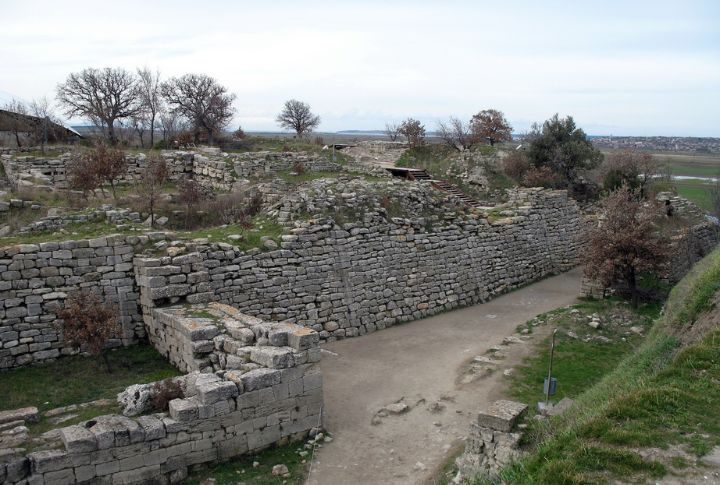
Do you remember the city of Troy from the poem “The Iliad” by Homer? Many people assumed it was as unreal as the characters in the poem. However, archaeologists have found evidence that it existed in what we know today as Turkey. The city existed for four hundred years and faced a series of destruction and rebuilding.
Pompeii (Italy)
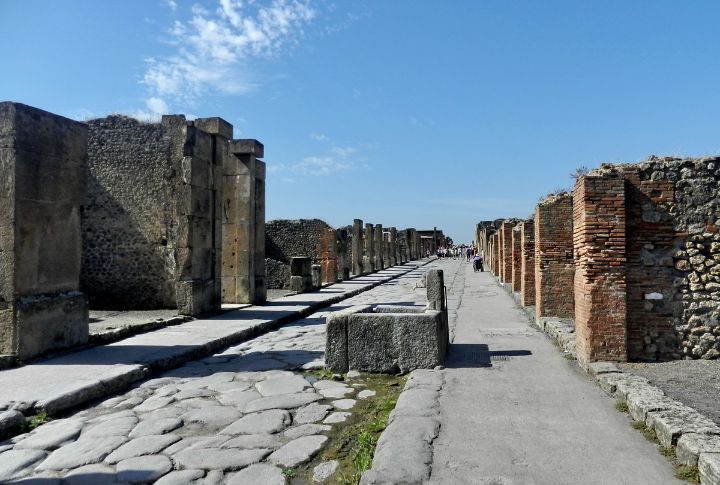
When Mount Vesuvius erupted in 79 AD, several places were covered in about 5 meters of volcanic ash and pumice. Pompeii was one of them, and the story was told in the movie Pompeii. In the 16th century, the city was rediscovered, and it is now in a municipality of the same name in Italy.
Helike (Greece)
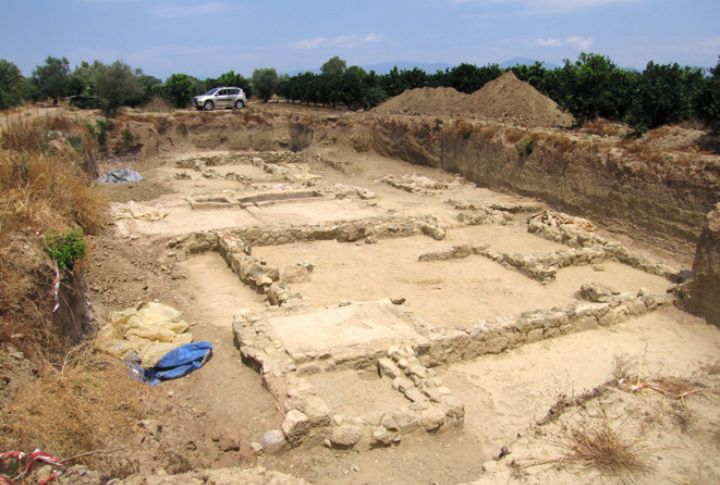
Greece has its fair share of mythical places, but Helike is not one of them. In 373 BC, the whole city sank into the Earth and was covered by the sea. Everyone who lived there died. It was finally rediscovered in 2001 near the village of Rizomylos, and excavations are ongoing.
Nineveh (Iraq)
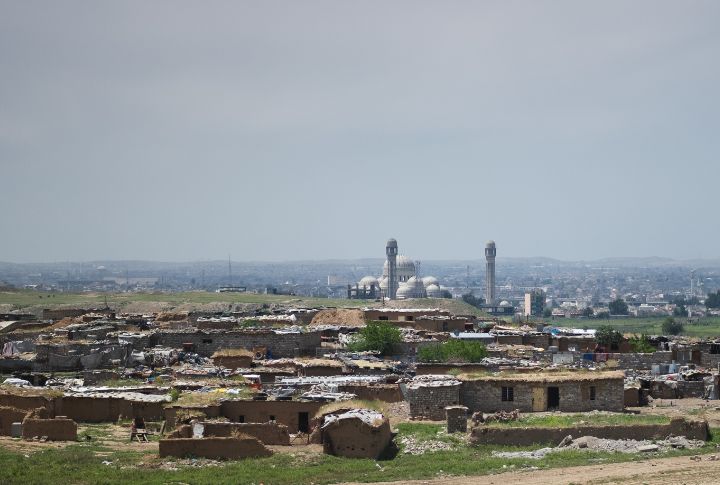
While Christians grew up hearing the story of Jonah’s missionary journey to Nineveh, non-religious people often consider it fictional or exaggerated. However, Nineveh is a real place and, for decades, was the world’s largest city. Today, it is in ruins and across the river from Mosul, and its artifacts are in museums worldwide.
Machu Picchu (Peru)
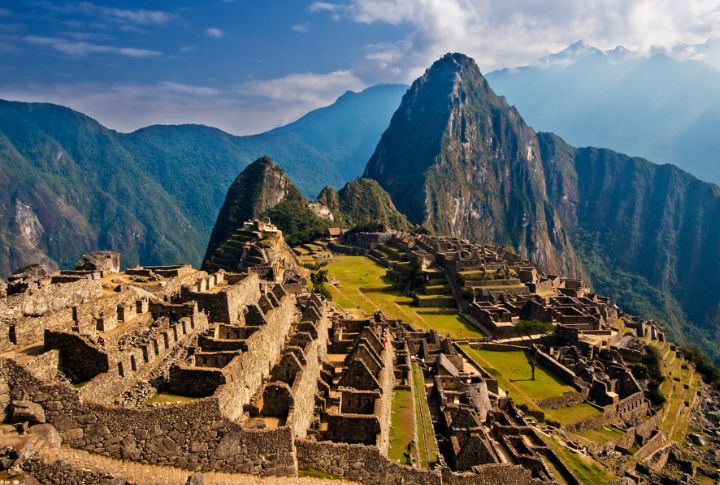
Machu Picchu is also called “The Lost City of the Incas.” This 15th-century city is in southern Peru, with the Urubamba River flowing past it. It was built as an estate for Pachacuti, an Incan ruler, was home to 750 people, and was used for 80 years before its abandonment.
Angkor (Cambodia)
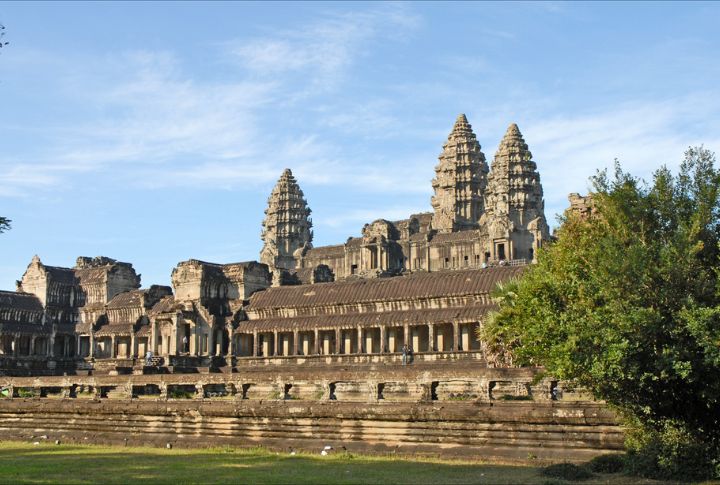
In present-day Cambodia lies Angkor, the capital city of the Khmer Empire. It is home to Angkor Wat, a popular tourist attraction. The city and the empire thrived from the 9th to the 15th century. Angkor was abandoned in 1431 AD and today sees around two million visitors yearly.
Great Zimbabwe (Zimbabwe)

The construction of Great Zimbabwe started in the 11th century. It was still ongoing when the city was abandoned about four centuries later. The city served as the capital of the Kingdom of Zimbabwe. Its ruins, which have faced some damage, are near Masvingo and Lake Mutirikwe in modern-day Zimbabwe.
Petra (Jordan)
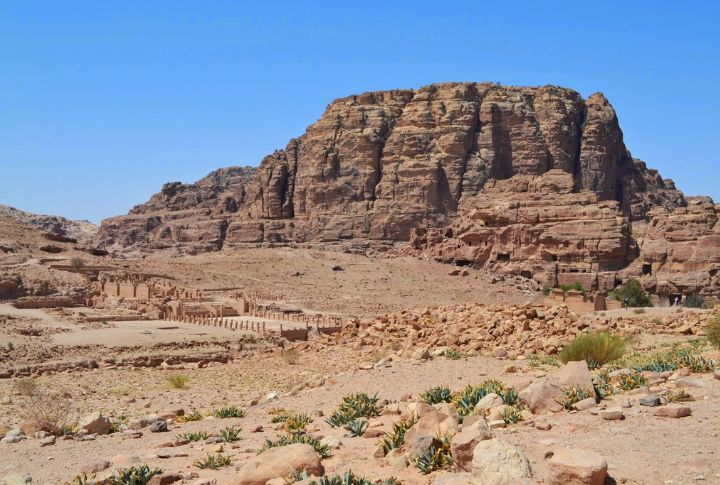
People lived around Petra in 7000 BC, and the Nabataeans joined them in the 4th century BC. Two centuries later, it was the Nabataean Kingdom’s capital city. Petra became a major trading hub. The color of the sandstone that Petra was carved from earned it the name “Rose City.”
Akrotiri (Greece)
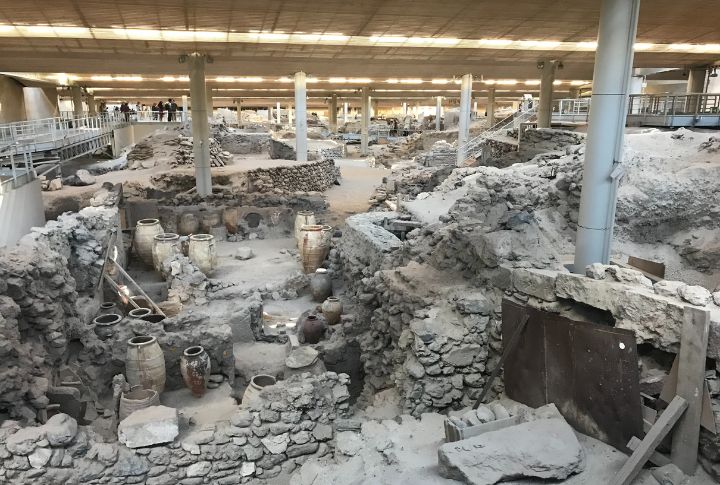
Another place with ruins as well-preserved as Pompeii’s is Akotiri. A catastrophic volcanic eruption in the mid-second millennium BCE covered the city. Situated on the Greek island of Santorini, excavations have been ongoing since 1867. Many excavated artifacts from the site are in the Museum of Prehistoric Thera.
Ur (Iraq)
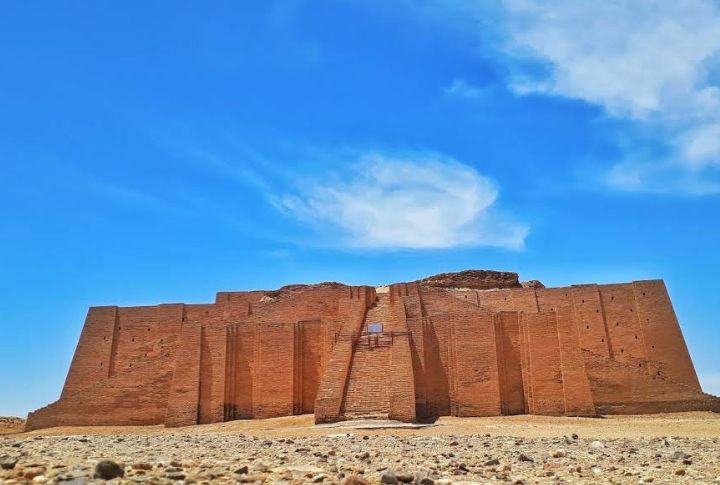
This used to be a coastal city near the Euphrates, but a shift in the coastline now puts the city further inland. Many Christians and Muslims believe this is where Abraham was born. Excavations are clearing some of its landmarks; currently, the Great Ziggurat is the site’s most visible landmark.
Knossos (Greece)
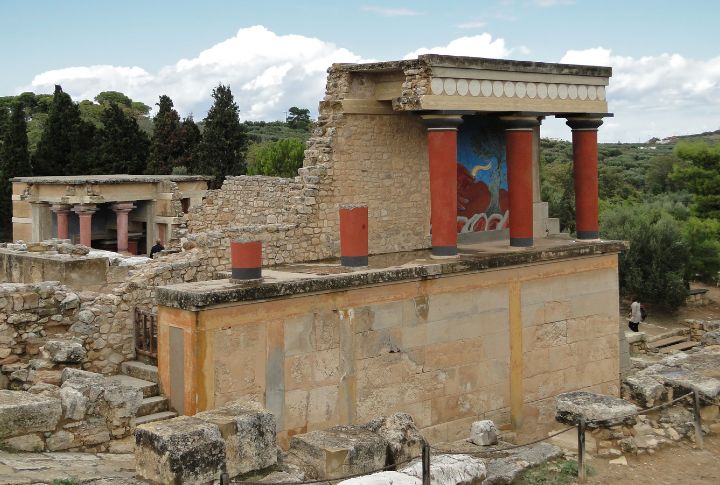
Today, Knossos is a popular tourist destination in Greece’s largest island, Crete. It was once a key feature of the Minoan civilization. The major building in Knossos is the Palace of Minos, built around 1900 BC. Excavation began here in 1977 and has brought about famous artifacts.
Hattusa (Turkey)
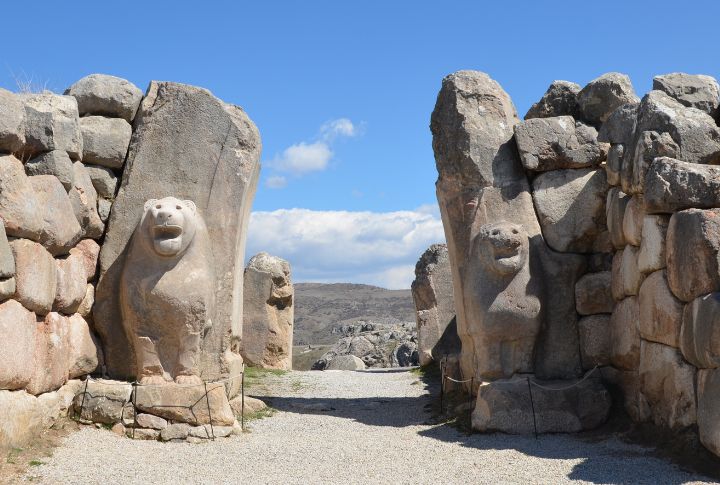
In the late Bronze Age, it was the capital of the Hittite Empire. The city’s ruins can be found near Bogazale (formerly Bogazkoy) in Turkey. After Charles Texier pointed the world to its ruins, different archaeologists participated in its exploration. Presently, systematic excavations are ongoing.
Heracleion (Egypt)
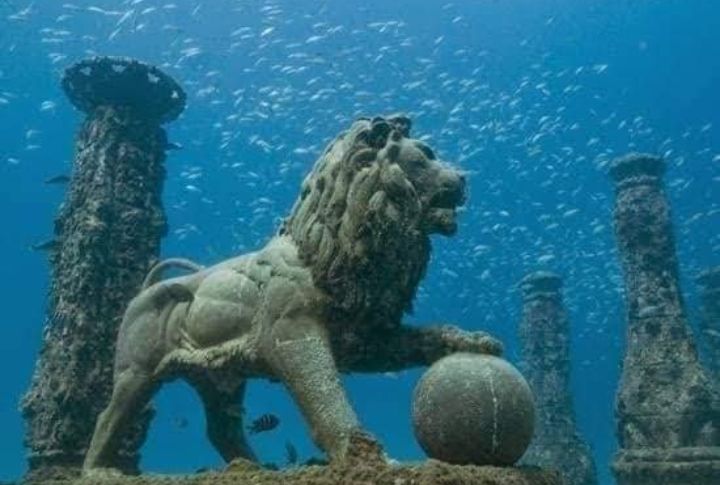
This city may also be called Thonis-Heracleion or just Thonis. It was a port city weakened by earthquakes, tsunamis, and other problems. It later sank in the Mediterranean Sea and was undisturbed for 12 centuries. The debris that covered the city’s remains helped protect them from looting and tarnishing.
Babylon (Iraq)
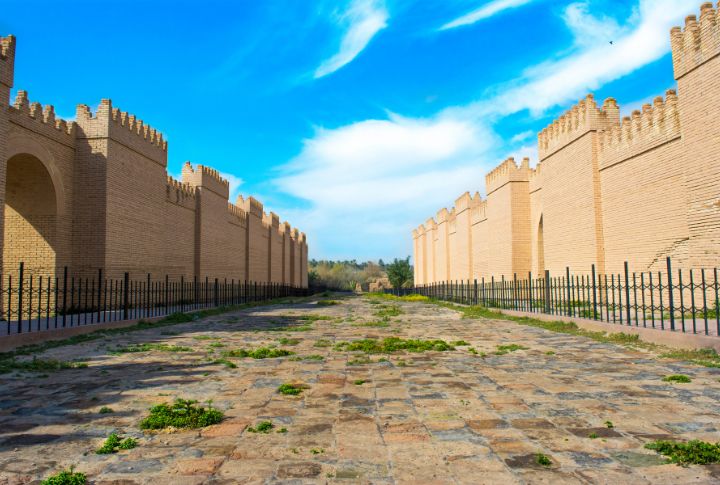
Babylon was an important place in Babylonia and was estimated to be the world’s largest city for centuries. The Bible references it in the stories of Daniel and Nebuchadnezzar. People last lived there in the 11th century. Today, Babylon sits 55 miles south of Baghdad in Iraq.
Mycenae (Greece)
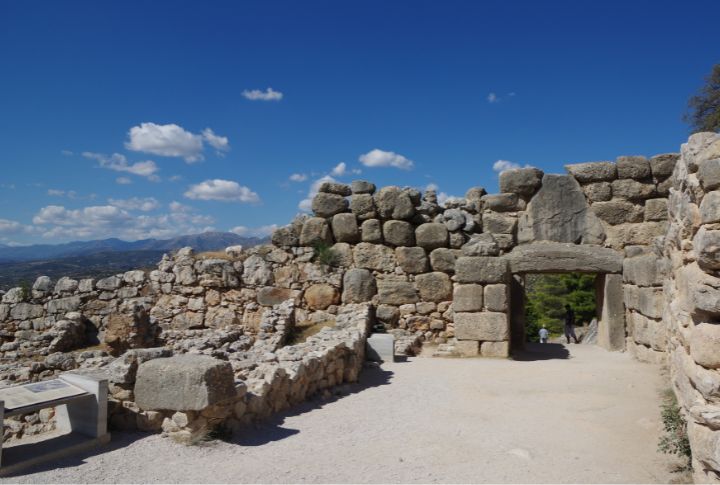
After four centuries of existence, Mycenae ceased to exist, but there were stories about the place, like their war against Troy, so people heard of it but thought it was mythical. After discovering Troy, Henrich Schliemann discovered Mycenae in today’s Greece.


Comments
Loading…